
views
Understand the range of PVC pipes you can work with.
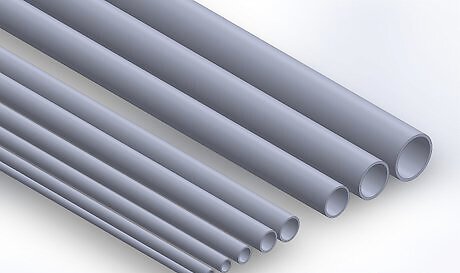
Diameter: In the United States, PVC pipes range in diameter from 3/8 to 24 inches (9.53-60.96 cm).Determine PVC Pipe Size for a Project Step 1Bullet1.jpg
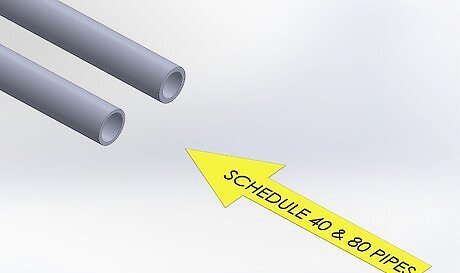
Schedule (the thickness of a pipe's inner wall): PVC pipes normally range from schedule 20 to 80.Determine PVC Pipe Size for a Project Step 2Bullet1.jpg
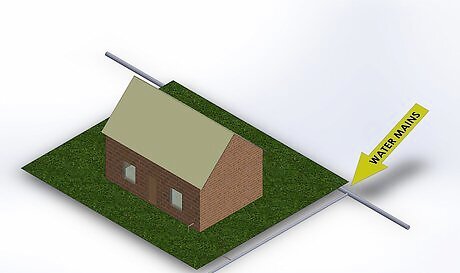
Temperature: C900 pipes are used for water mains, where water pressure may exceed 150 PSI (1034.21 KPA).Determine PVC Pipe Size for a Project Step 3Bullet1.jpg CPVCs are rated for higher temperatures (they are also called hot water pipes).Determine PVC Pipe Size for a Project Step 3Bullet2.jpg Cell-cores have the same wall thicknesses as CPVCs but are lighter and less expensive.Determine PVC Pipe Size for a Project Step 3Bullet3.jpg If you plan to use PVC pipes for potable water plumbing, make sure they carry a National Sanitation Foundation seal.Determine PVC Pipe Size for a Project Step 3Bullet4.jpg
Cost: Thinner pipes generally cost less, while thicker pipes cost more.
If your project requires curved surfaces, use pipes with small diameters.
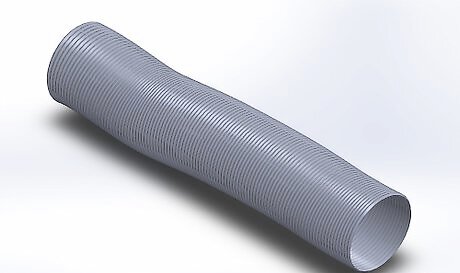
Schedule 20 pipes (also called DWVs) are the least rigid PVC pipes. They are suitable for non-pressurized or low pressure plumbing applications like irrigation systems, sanitary drainage, or for construction projects where flexibility is more important than structural strength.Determine PVC Pipe Size for a Project Step 5Bullet1.jpg
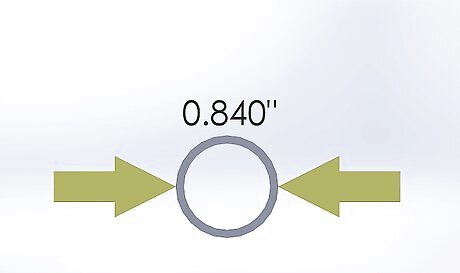
1/2 inch (1.27 cm) plumbing grade PVC pipes are also extremely flexible, but they lack strength and can kink when bent. They works well for kites and other light structures. The actual exterior diameter of a 1/2 inch PVC pipe is not 1/2 inches, but rather 0.840 inches (2.133 cm).Determine PVC Pipe Size for a Project Step 6Bullet1.jpg
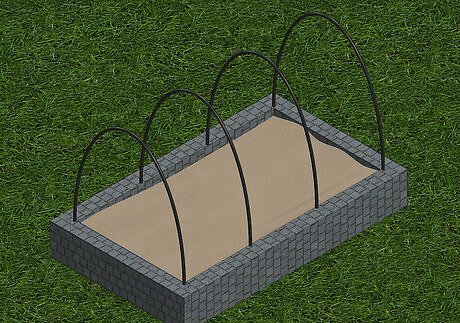
3/4 inch (1.91 cm) plumbing grade PVC pipes are very bendable and ideal for any project that requires flexibility, like green houses, pet agility hoops or other curved frames. These pipes will spring back to their original shape if bent. The actual exterior diameter of a 3/4 inch PVC pipe is not 3/4 inches, but rather 1.050 inches (2.67 cm).
If your project requires stiffness and strength, use large diameter pipes.
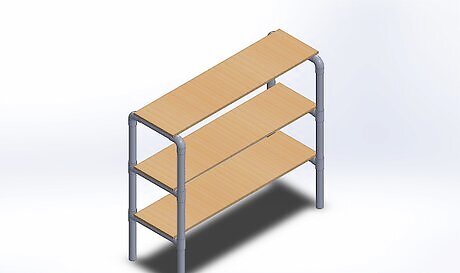
Schedule 40 is the standard class plumbing pipe for residential and commercial potable water services. It can withstand 160 PSI (1103.16 KPA) at 72 degrees (22.22 degrees Celsius) and is suitable for rigid construction projects.Determine PVC Pipe Size for a Project Step 8Bullet1.jpg
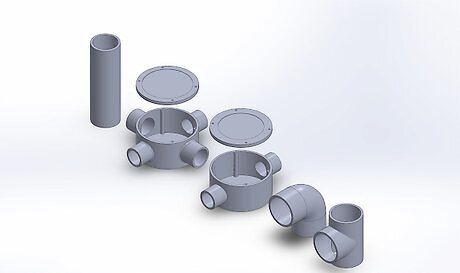
Schedule 80 is the heaviest standard PVC pipe class. The most common use for schedule 80 pipe is in underground electrical conduits. They are very stiff and suitable for rigid frameworks.Determine PVC Pipe Size for a Project Step 9Bullet1.jpg
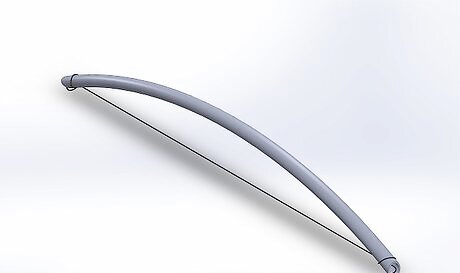
1 inch (2.54 cm) plumbing grade PVC pipes are slightly flexible but still fairly rigid. This pipe is ideal if your project requires minimal flexibility while demanding a strong framework. The actual exterior diameter of a 1 inch PVC pipe is not 1 inch, but rather 1.32 inches (3.35 cm).
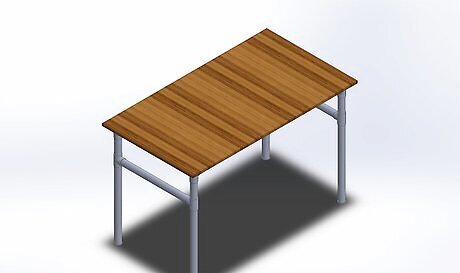
1-1/4 inch (3.18 cm) plumbing grade PVC pipes are ideal for very rigid, lightweight projects. They are commonly used to build a strong sturdy platforms, like shelves, tables and walls. The actual exterior diameter of a 1-1/4 inch PVC pipe is not 1-1/4 inches, but rather 1.66 inches (4.22 cm).

1-1/2 inch (3.81 cm) plumbing grade PVC pipes are extremely rigid and heavy, and can be difficult to work with. The actual exterior diameter of a 1-1/2 inch PVC pipe is not 1-1/2 inches, but rather 1.90 inches (4.83 cm).
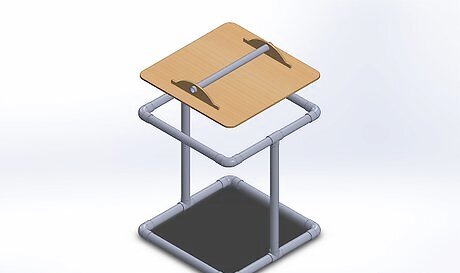
2 inch (5.08 cm) plumbing grade PVC pipes are extremely strong and will hold weight without bending. They are also very heavy and expensive. However if your project requires a good foundation, 2 inch PVC pipes are ideal. They work well for canister-style projects (in conjunction with end caps) like garbage bag holders.Determine PVC Pipe Size for a Project Step 13Bullet1.jpg Note: The actual exterior diameter of a 2 inch PVC pipe is not 2 inches, but rather 2.38 inches (6.05 cm).




















Comments
0 comment